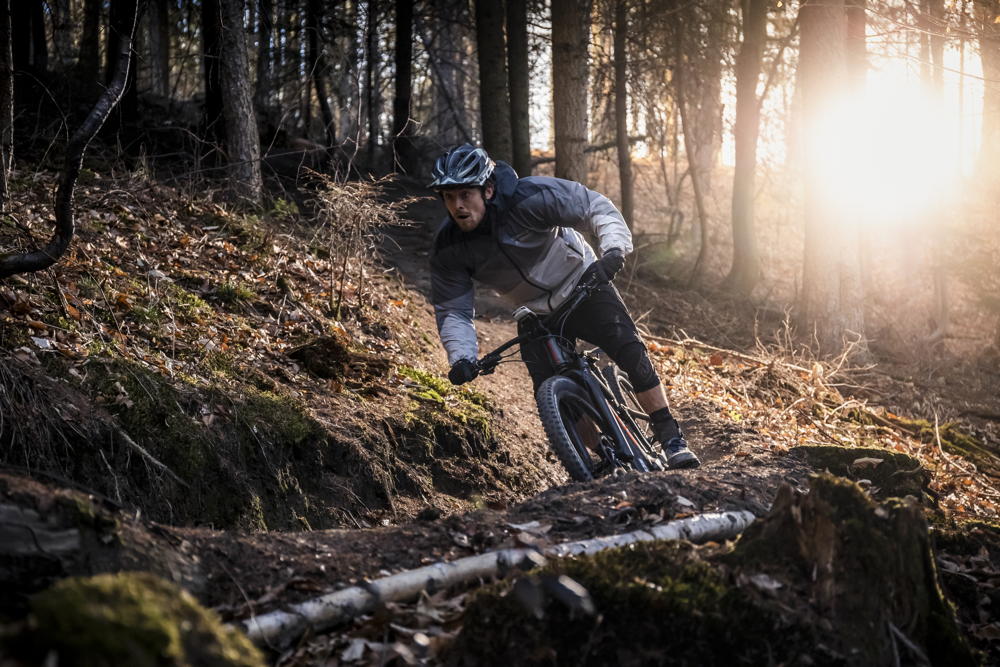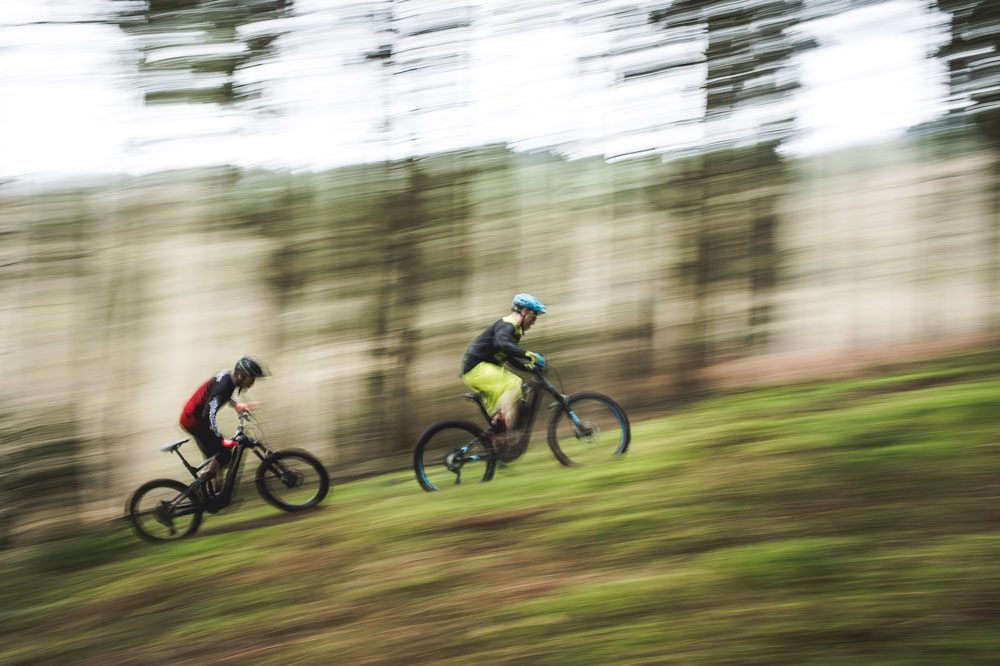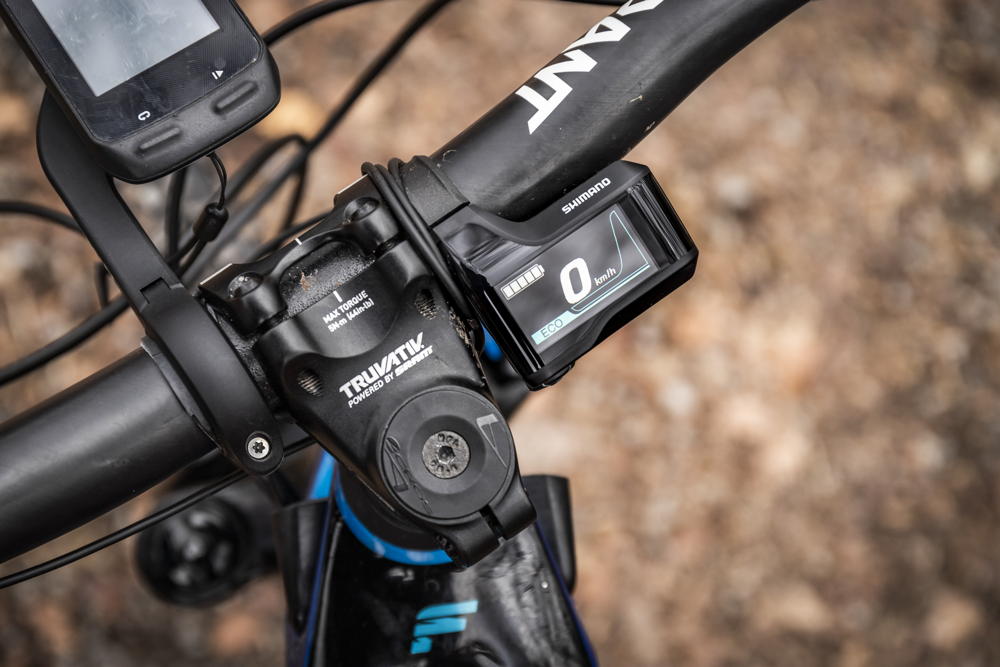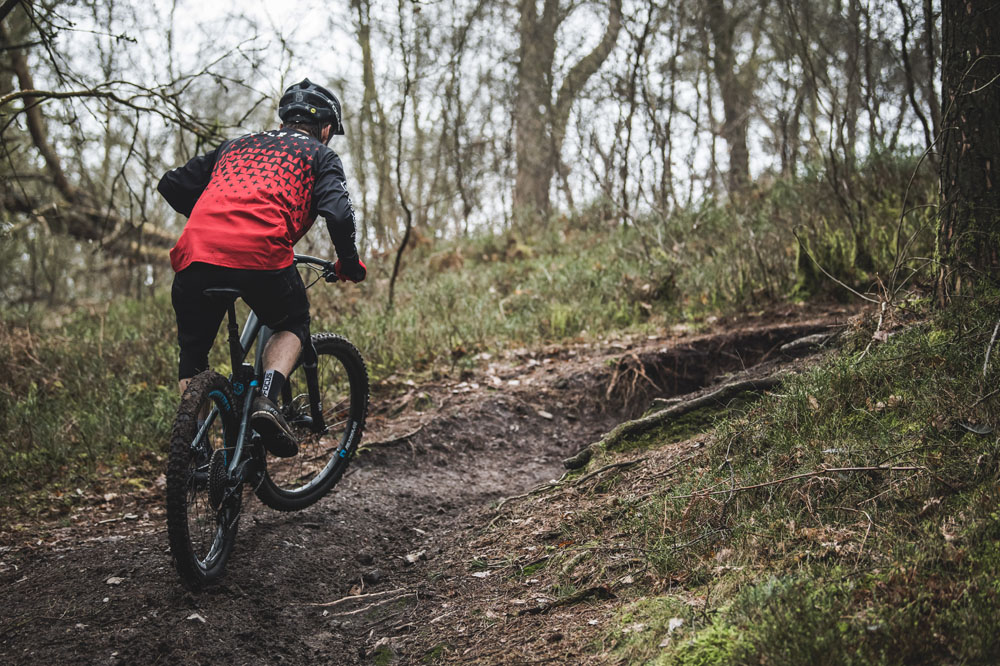Five things you never knew about riding with an e-bike: how temperature, group rides, power modes, different terrain and varied effort really effect your riding.

1. Riding in a group effects how far you can go, but not the way you think
On any bike ride it’s customary to adapt to the speed of the slowest riders, so you can all stay together and have a good time. Let it be noted, some “friends” go by the pirate code of ‘every man for himself’ where if you drop behind you’re on your own. You know who you are.
Back to the social rides though, and e-bikes are just the same. However, research from Focus bikes shows that lighter riders can actually end up using proportionally more battery power than their smaller weight would demand because they don’t need to push as hard to keep up. It sounds counter-intuitive, but this means the motor does more of the work as your legs naturally back off. They way to get round this is for lighter, stronger rides to actively think about this and drop the power mode down to work their legs harder. / Citation: po.st/FocusResearch /

2. Temperature massively affects your battery range, but you can beat the weather
There’s a huge different in how far you can ride and it all hinges on temperature, according to Focus. Watch out this winter, e-bikers. Focus rode a bike to empty inside a lab at 25°C, then they did the same at -5°C and compared the distances. The warm battery took the rider an astonishing 25% further on the bike than cold one did. So what’s the solution, only ride your e-bike in the summer? Not exactly. Both batteries reach about the same temperature very quickly after you get riding, so really it’s the battery temperature at the start that counts, not the air temperature. The solution is to always start your ride with a warm battery — bring the battery inside your house for half an hour before your ride, or maybe pop it into your car or van footwell as you drive to the trails. Electric blanket, anyone?

3. E-biking is just as hard as regular riding, honest
New research funded by the EU has found that e-bike riders use just as much energy as regular meat bikers, meaning e-biking really isn’t cheating. The research looked at 10,000 riders across seven EU cities, and while it looked at road riding our anecdotal research reveals the same thing off-road: our Strava data shows our e-bike rides are roughly a third the distance again as conventional rides, and we still feel just as tired at the end. Like we’ve always said, e-biking isn’t better, or worse, than regular riding, it’s just different… except when it comes to the overall effort you put in. / Citation: po.st/ebikeresearch /

4. Eco mode gives you waaay more range than Boost, not just 20% more
Ride a bike in Eco mode and you’ll get nearly twice the distance of Boost mode, all things being equal. That’s the news from the Focus research that found their test rider covered more than 50km using Eco mode, and less than 30km on full Boost, on the same test loop. Eco does have its disadvantages of course, you have to work harder of course, and the test showed the rider sacrificed more than 4kmh in average speed. The best advice is to use all the modes at the right time, sounds obvious but it’s so tempting to just stick it in one mode and leave it there.
Read more: Best electric mountain bikes – join the riding revolution!

5. It’s not the terrain that kills your battery, it’s what you do with it
Climbing up on fireroads kills your battery more than climbing on a trail, Focus says. The brand tried two scenarios, riding down a fireroad (yup, boring) before climbing back up the singletrack, and then reversing that by riding down the singletrack and up the fireroad. The latter sapped the battery faster, and that’s because the motor and battery take the load more than your legs, which on a techie singletrack climb have to work really hard.
Check out more great e-bike content on our E-Bike Live hub-page




